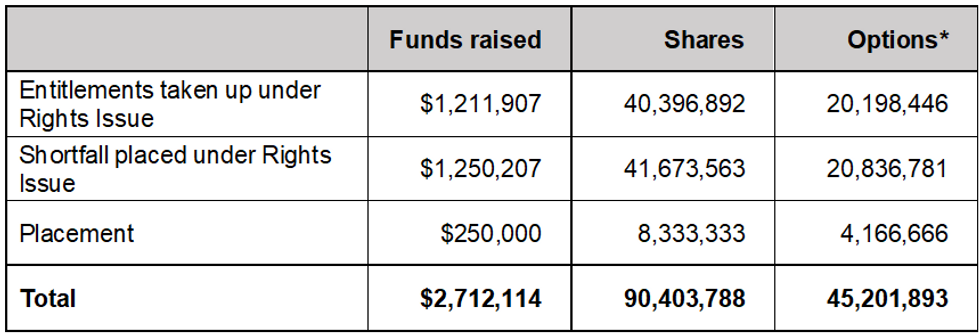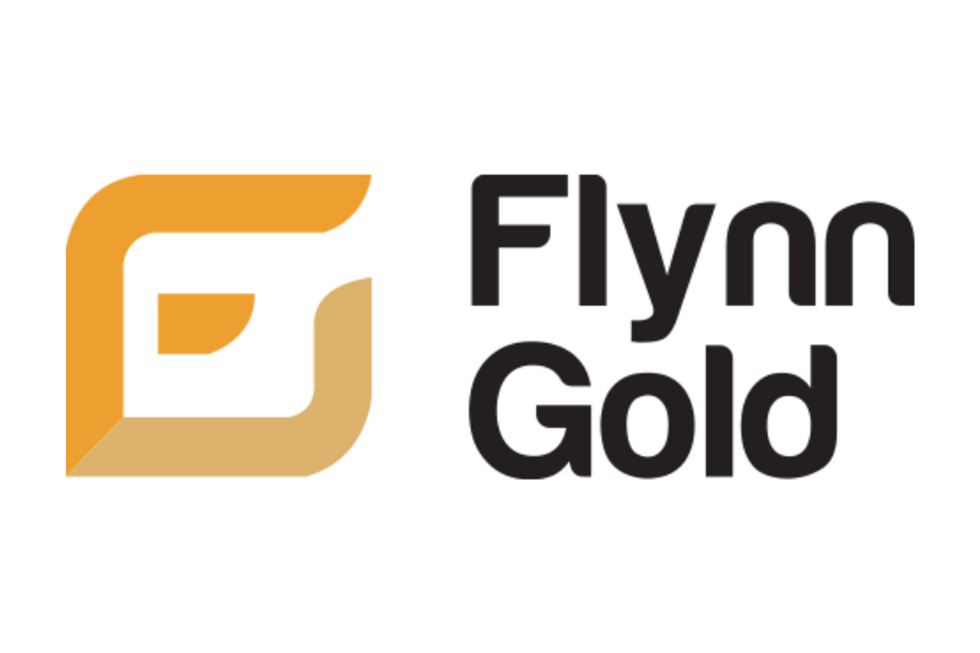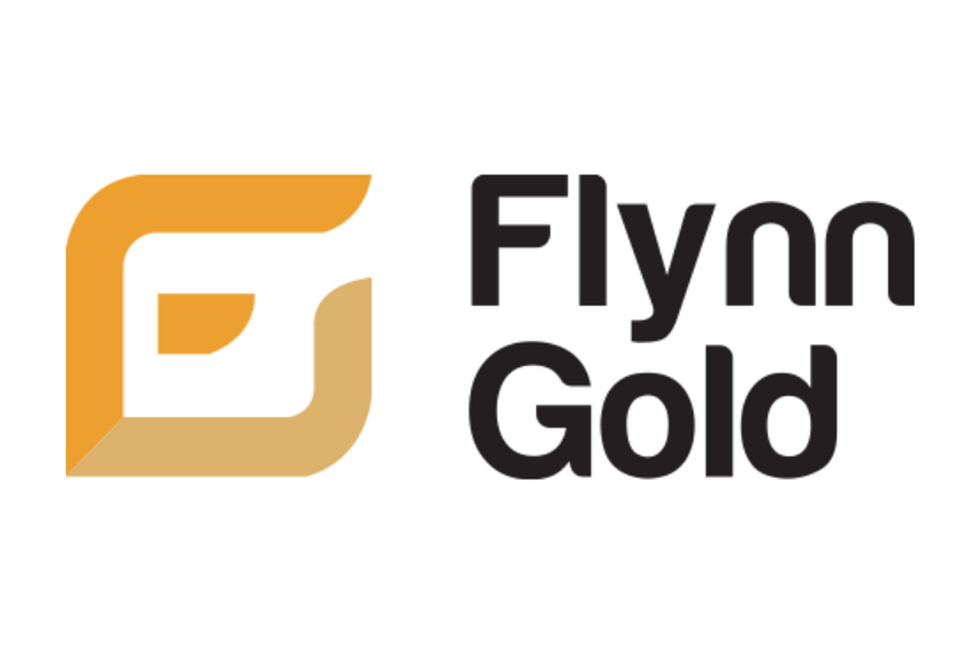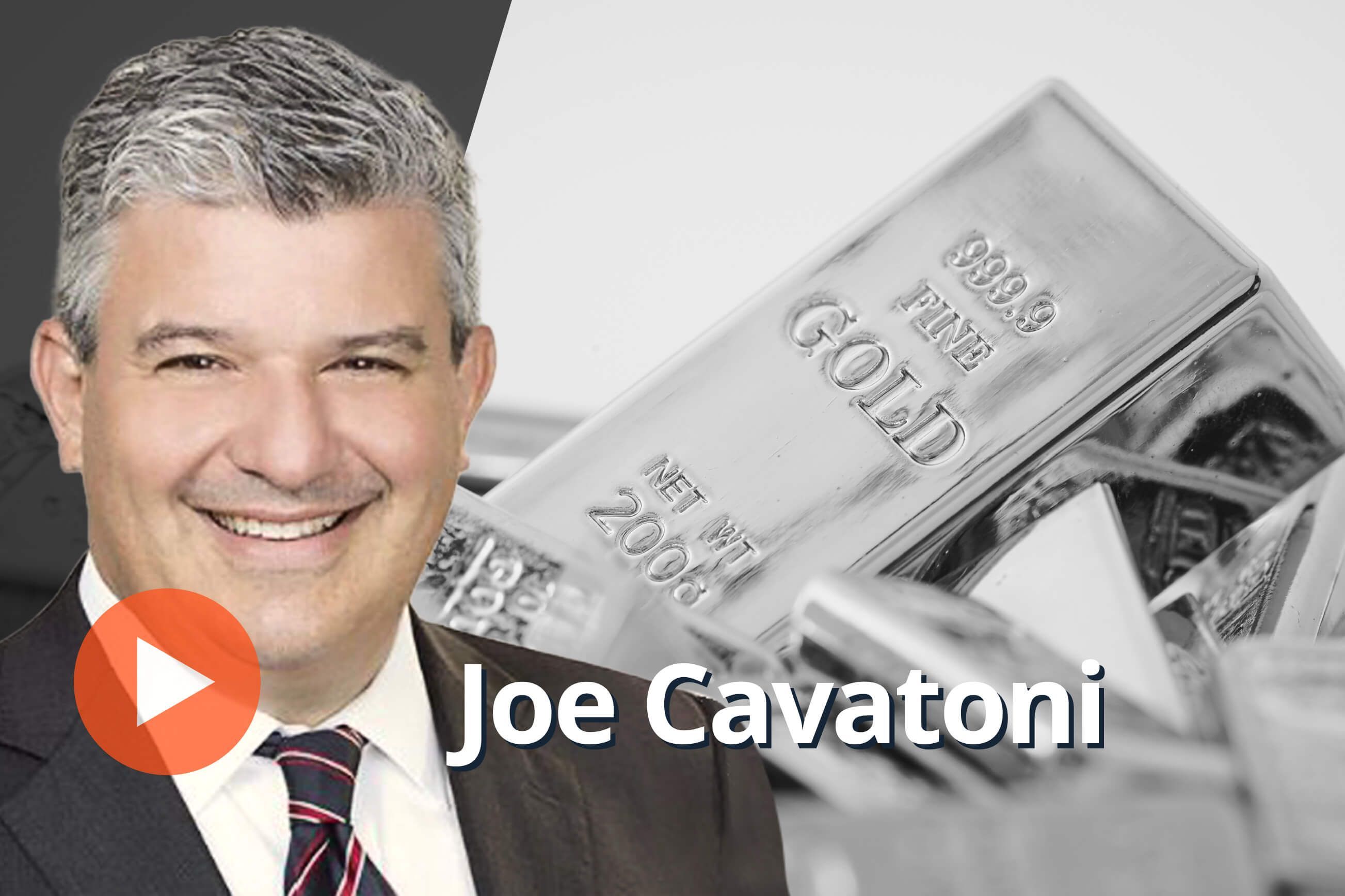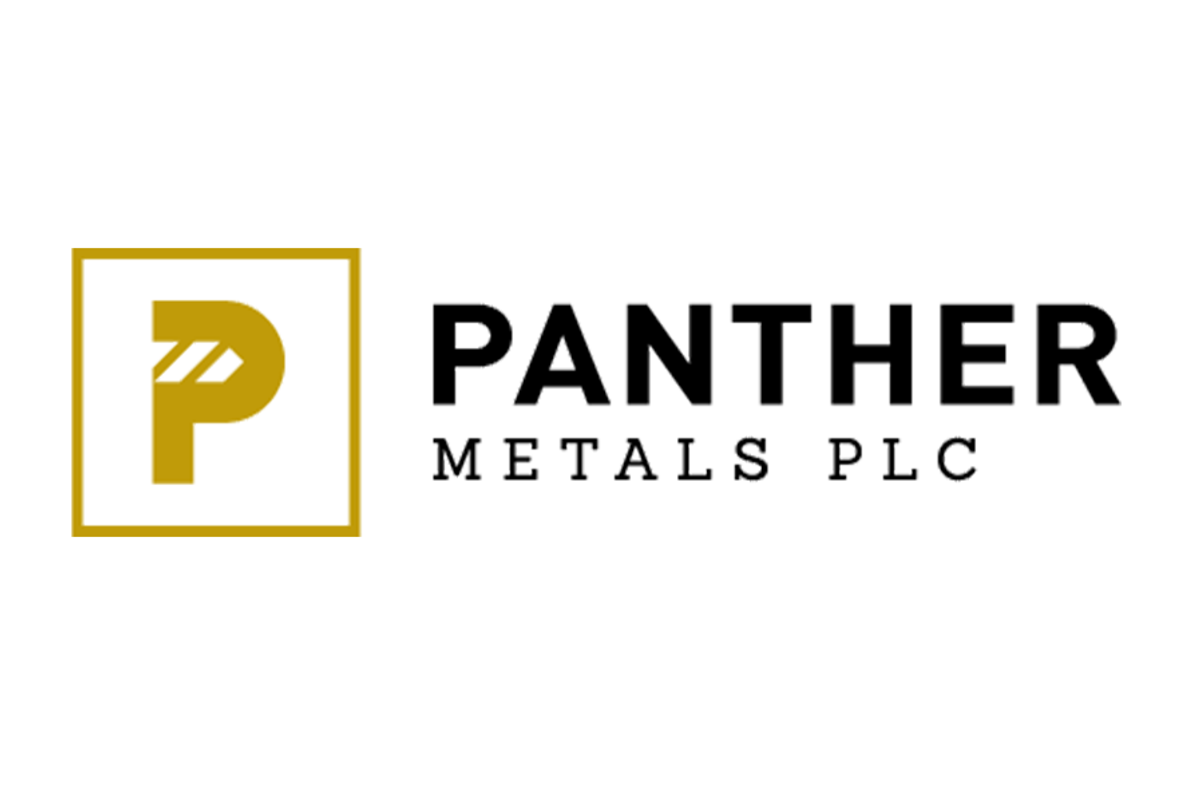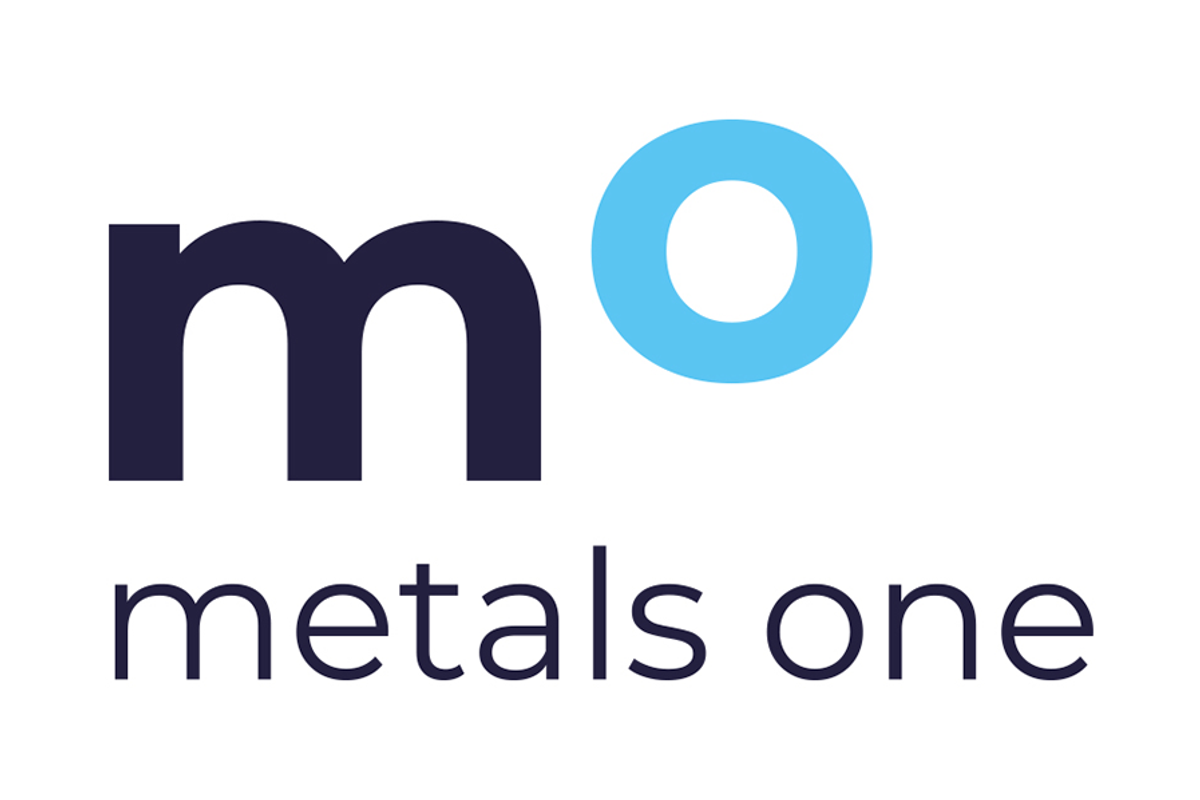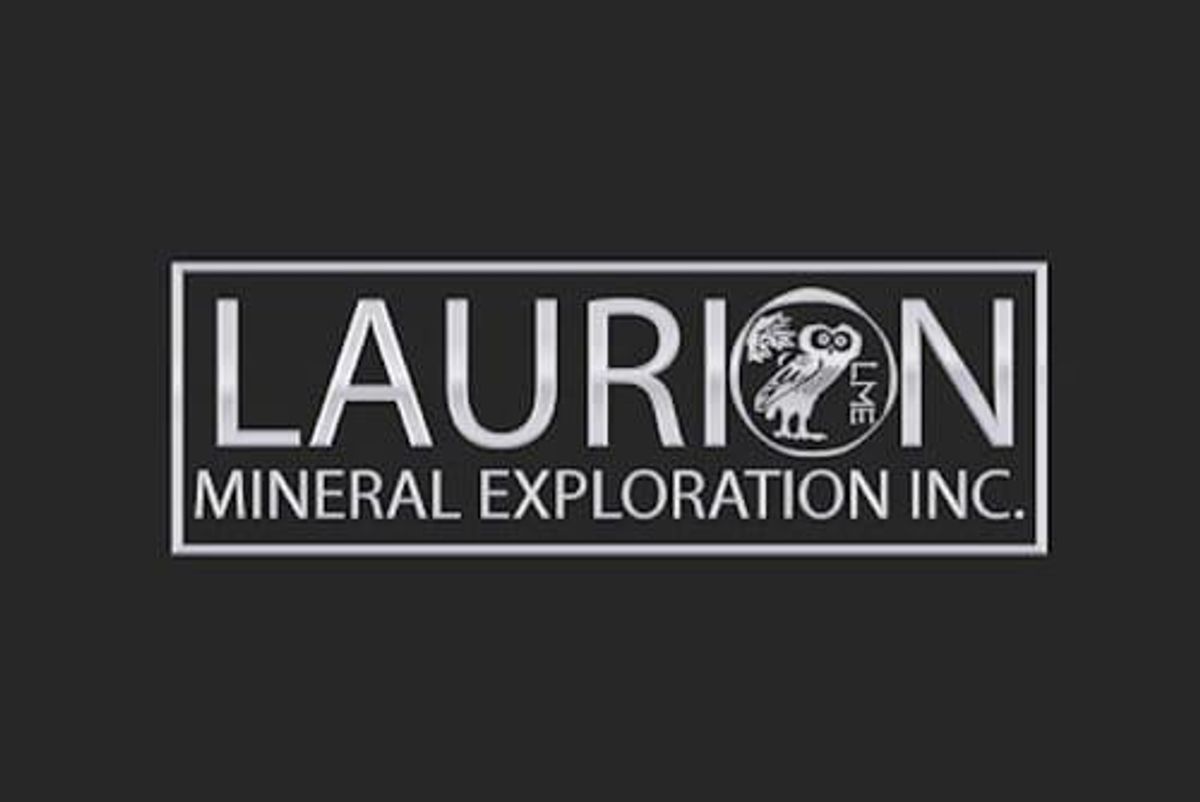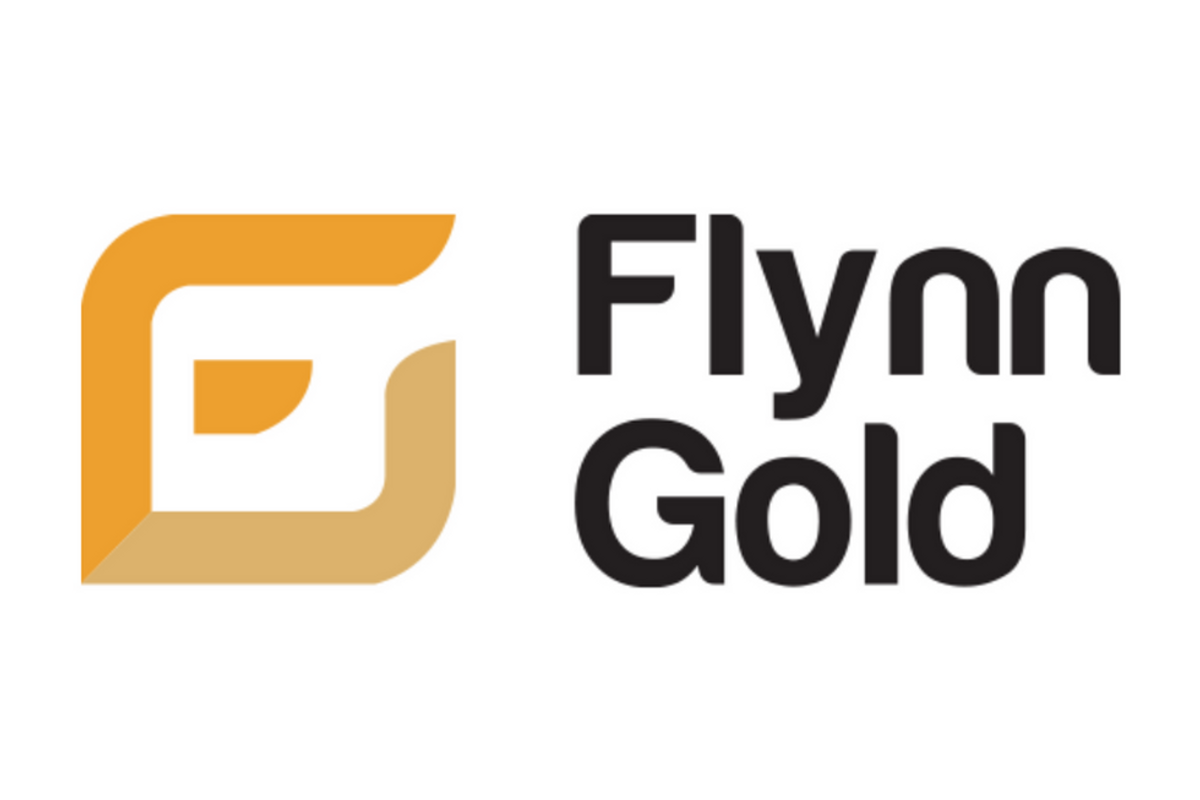
May 05, 2024
Flynn Gold Limited (ASX: FG1, “Flynn” or “the Company”) is pleased to announce that the renounceable rights issue announced on 4 April 2024 has closed on 30 April 2024 with significant excess demand, raising the full amount of $2,462,114 (before costs).
Highlights
- Rights Issue seeking to raise $2.5 million closes with significant excess demand
- Strong support from existing shareholders and new investors introduced by Mahe Capital
- Funds to be used primarily to advance the Company’s Trafalgar high-grade gold discovery at Golden Ridge in Northeast Tasmania
- Phase 3 drilling at the Trafalgar prospect commenced in April 2024
- 1,500m diamond drill program has been planned
- For further information or to post questions go to the Flynn Gold Investor Hub at https://investorhub.flynngold.com.au/link/7PRD0e
The total includes $1,211,907 received by way of acceptances from shareholders and $1,250,207 received from the shortfall shares placed to existing shareholders and by the lead manager and Underwriter, Mahe Capital Pty Ltd (Mahe Capital).
The Company will issue 82,070,455 new fully paid ordinary shares (Shares) and 41,035,227 new options (subject to rounding) exercisable at $0.075 and expiring on 7 November 2026 (Options). The Company will seek quotation of the Options on the ASX.
The new securities are expected to be issued on Tuesday, 7 May 2024, in accordance with the timetable in the Prospectus and will commence trading on the ASX on a normal settlement basis from Wednesday, 8 May 2024.
The Company would like to thank all its shareholders for their support and welcomes new shareholders introduced by Mahe Capital to the register.
The Board has also exercised its discretion to accept a portion of the excess demand to the value of $250,000. Accordingly, the Company will issue an additional 8,333,333 Shares and 4,166,666 Options, on the same terms as the securities issued under the rights issue, from the company’s current listing rule 7.1 placement capacity.
A supplementary prospectus will be lodged with ASIC and released to ASX in respect of the additional shares and options.
The final capital raising results are set out below:
* The number of new Shares and Options issued is subject to rounding.
A further 5,424,227 Options will be issued to the underwriter.
Managing Director and CEO, Neil Marston commented,
“On behalf of the Board, I would like to thank all our shareholders who have participated in this Rights Issue and to also welcome new shareholders to the Flynn Gold register. This is a very good outcome, particularly in these difficult markets and demonstrates enthusiasm for our future. The Company now has sufficient funds to embark on growing our gold opportunities in Northeast Tasmania with drilling already underway.“
Click here for the full ASX Release
This article includes content from Flynn Gold, licensed for the purpose of publishing on Investing News Australia. This article does not constitute financial product advice. It is your responsibility to perform proper due diligence before acting upon any information provided here. Please refer to our full disclaimer here.
FG1:AU
The Conversation (0)
12 August 2024
Flynn Gold
Advancing three high-grade gold projects in Tasmania
Advancing three high-grade gold projects in Tasmania Keep Reading...
20 February
Exploration Update - Golden Ridge Project, NE Tasmania
Flynn Gold (FG1:AU) has announced Exploration Update - Golden Ridge Project, NE TasmaniaDownload the PDF here. Keep Reading...
18 February
High-Grade Silver-Lead at Henty Project, Western Tasmania
Flynn Gold (FG1:AU) has announced High-Grade Silver-Lead at Henty Project, Western TasmaniaDownload the PDF here. Keep Reading...
30 January
December 2024 Quarterly Activities Report and Appendix 5B
Flynn Gold (FG1:AU) has announced December 2024 Quarterly Activities Report and Appendix 5BDownload the PDF here. Keep Reading...
12 January
Flynn Expands Key Gold Targets at Golden Ridge, NE Tasmania
Flynn Gold (FG1:AU) has announced Flynn Expands Key Gold Targets at Golden Ridge, NE TasmaniaDownload the PDF here. Keep Reading...
08 December 2024
Exploration Licence Granted at Beaconsfield in NE Tasmania
Flynn Gold (FG1:AU) has announced Exploration Licence Granted at Beaconsfield in NE TasmaniaDownload the PDF here. Keep Reading...
4h
Joe Cavatoni: Gold's Key Driver Now, Plus 2026 Catalysts to Watch
Joe Cavatoni, senior market strategist, Americas, at the World Gold Council, looks back on gold's performance in 2025 and forward to what could be coming in 2026. In his view, risk and uncertainty are key gold drivers that are likely to stay in place next year. Don’t forget to follow us... Keep Reading...
11h
Winston Tailings Project: Mineral Resource Drilling
Platinum Diamond Drilling Appointed for Mineral Resource Programme
Panther Metals Plc (LSE: PALM), the exploration company focused on mineral projects in Canada, is pleased to announce that Platinum Diamond Drilling Inc. ("Platinum") has been contracted to undertake the Mineral Resource focussed drilling programme at the Winston Tailings Project in Ontario,... Keep Reading...
11h
Admission to Trading on the OTCQB Venture Market in the United States
Metals One (AIM: MET1), a critical and precious metals early-stage project developer and investor, is pleased to announce its Ordinary shares have been approved to trade on the OTCQB Venture Market ("OTCQB") in the United States and commenced trading on OTCQB on 10 November 2025 under the symbol... Keep Reading...
19 November
Barrick Faces Activist Pressure After Elliott Takes Major Stake
Elliott Investment Management has reportedly taken a large stake in Barrick Mining (TSX:ABX,NYSE:B), the Financial Times reported on Tuesday (November 18), adding activist pressure to the gold producer, which is already dealing with escalating operational problems and a leadership shakeup.The... Keep Reading...
Latest News
Latest Press Releases
Related News
TOP STOCKS
American Battery4.030.24
Aion Therapeutic0.10-0.01
Cybin Corp2.140.00
